Search
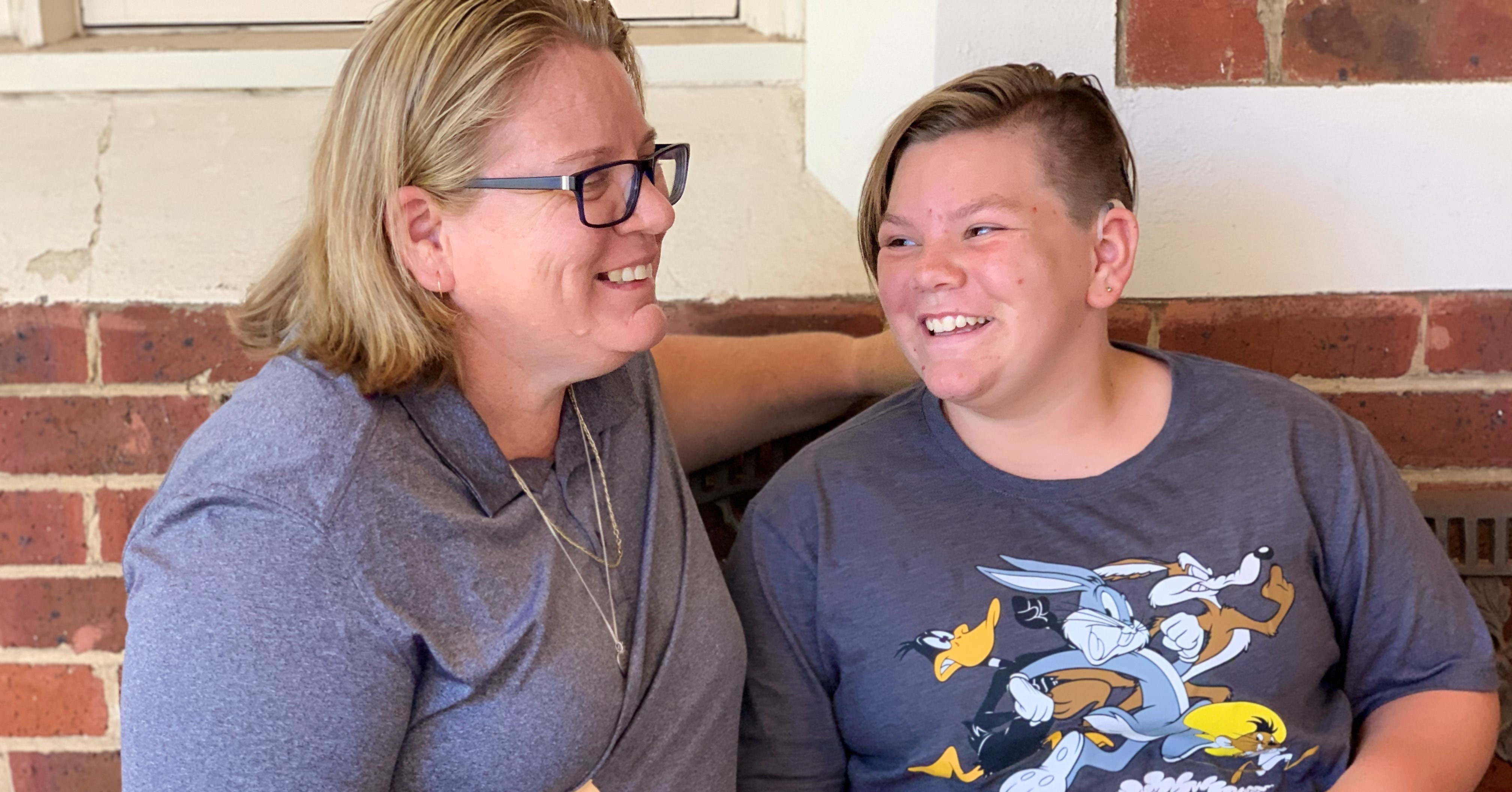
Adolescence can be challenging for all kids, but especially for those who are Deaf or hard-of-hearing. New resources developed by The Kids Research Institute Australia aim to make life a little easier.
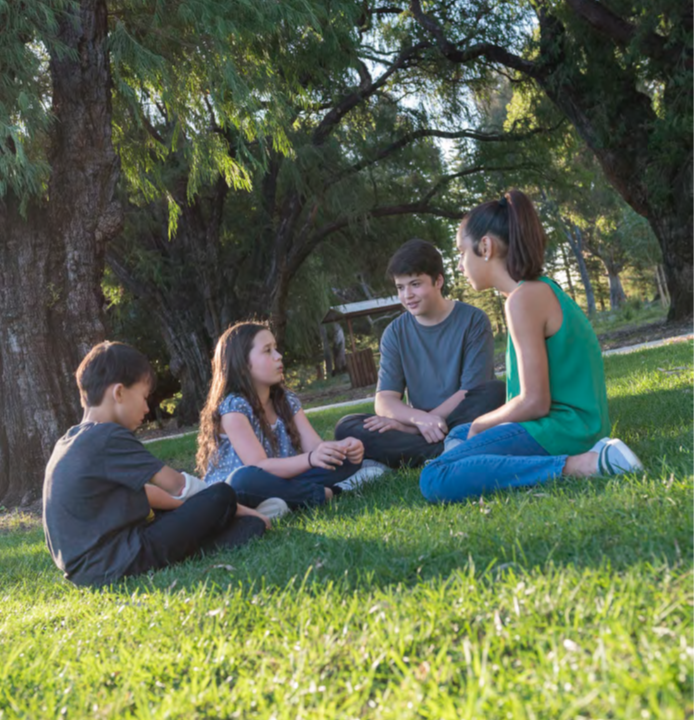
Can young people experiencing homelessness be part of the solution in suicide prevention? That is the question youth mental health researchers at Embrace at The Kids Research Institute Australia will investigate.
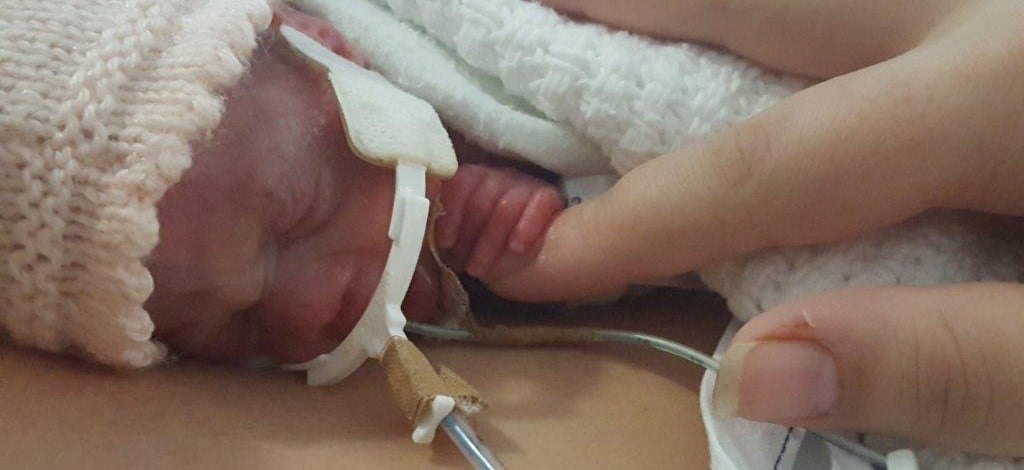
When KEMH specialists first suggested using coconut oil to treat the fragile skin of Kimberly Rohrlach’s extremely premature first-born child, Isabella, she thought it was more than a little weird.
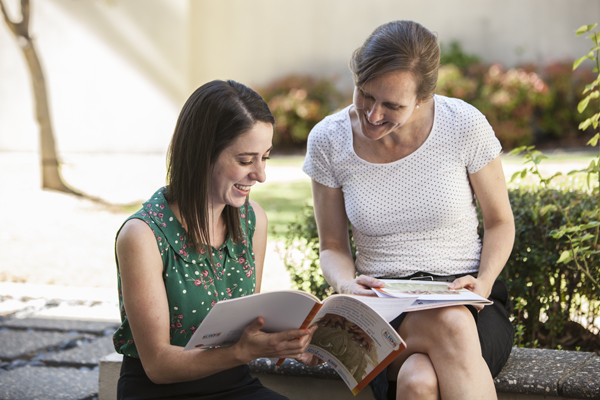
The first ever National Healthy Skin Guideline has become the gold standard for the treatment, prevention and public health control of skin infections in Indigenous populations in Australia and provides a positive framework for healthy skin.

Supporting parents of trans and gender diverse kids.
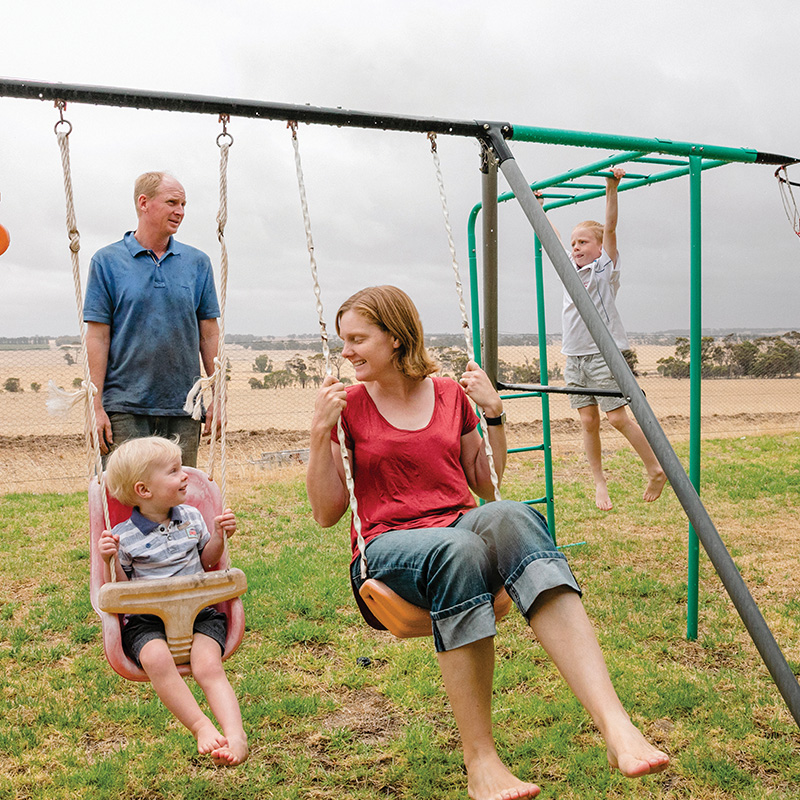
Communities in the Central Great Southern region have known for years that dental health is a major issue for the smallest residents of their towns.
Research
Centralising Local Aboriginal Language and Culture in Healthy Skin Books on the See Treat Prevent (SToP) Trial in the Kimberley Region of Western Australia: A Process and Impact InquiryLanguage is significant for communicating knowledge across cultures and generations and has the power to attribute meanings and alter our worldviews. More than 250 Aboriginal and Torres Strait Islanders languages were spoken in 1788. This number has diminished to approximately 110 languages spoken in 2016, of which 90% were considered endangered in 2019. Language custodians and speakers across Australia are working to preserve and ensure languages are strongly spoken into the future.
Research
Consultation informs strategies for improving the use of functional evidence in variant classificationWhen investigating whether a variant identified by diagnostic genetic testing is causal for disease, applied genetics professionals evaluate all available evidence to assign a clinical classification. Functional assays of higher and higher throughput are increasingly being generated and, when appropriate, can provide strong functional evidence for or against pathogenicity in variant classification. Despite functional assay data representing unprecedented value for genomic diagnostics, challenges remain around the application of functional evidence in variant curation.
Research
Does exercise in cool water cause a higher risk of hypoglycaemia than in thermoneutral conditions in type 1 diabetes?The aim of this study was to test the hypothesis that exercise in cool water results in a greater decrease in blood glucose concentration than in thermoneutral water or on land in individuals with type 1 diabetes.
Research
Combination of curcumin or chitosan with photodynamic therapy as an effective alternative therapy for overcoming wound infection associated with multidrug-resistant Acinetobacter baumanniiThe increasing prevalence of multidrug-resistant Acinetobacter baumannii as an opportunistic pathogen in wound infections raises significant concerns due to its antibiotic resistance and biofilm-mediated antibiotic tolerance. This underscores the urgent need to explore an alternative approach to effectively managing wound infections caused by MDR A. baumannii.
